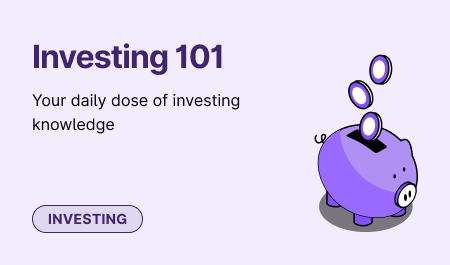In the investing world, many focus on how much returns their investments will generate. While returns are central to the investment strategy, risk also plays an important role. Before investing, one must understand how much risk he or she is willing and able to take on.
Investing in any asset class comes with its own set of risks. Also, factors such as loss-bearing capacity, psychology, age, income and expenses should be taken into account.
So, knowing a person’s risk appetite or profile is extremely important before making investments.
What is a risk profile?
It is an analysis of an individual’s capacity or ability to take risks. To understand this, it is necessary to look at parameters such as an investor’s age, goals, liquidity, time horizon and risk aversion. This is important to decide the asset allocation. Based on the person’s risk profile, a decision can be made on how much exposure he or she should have to different asset classes, such as equities, debt and commodities.
What are the types of risk profiles?
Investors can be categorised into three types of risk profiles – conservative, moderate and aggressive.
Conservative
If an investor has a low willingness and ability to take risk, then he can be called a conservative investor. This means an individual is completely risk averse. He or she can’t stomach volatility and hence is willing to forgo relatively higher or robust capital appreciation. Debt funds and other fixed-income instruments like fixed deposits are suitable for such investors.
Moderate
This category of investors is looking for relatively higher returns and has the capacity for moderate risk. They are looking to strike a balance between risk-taking and generating returns. These investors usually invest in a mix of assets like equities, debt and commodities.
Aggressive
A person who is comfortable with taking the risk and also has a high ability to take risk is called an aggressive investor. He or she doesn’t mind volatility if one is compensated with relatively higher returns. These investors can put their money into equities or stock markets to earn robust returns over the long term.
Constantly changing
It’s important to note that the risk profile of an investor changes over a period of time. For instance, your goals might change. Even a change in your income could lead to a change in your risk profile.
For instance, when you are young you may be willing to take greater risks to generate higher returns over the long term. But, your risk appetite might change when you are at the age of 45 to 50, based on your circumstances.
Managing risks
Through mutual funds, you can invest in multiple asset classes – equities, debt and commodities – as per your risk appetite. Currently, different categories of mutual funds are available, each with a different investment objective and catering to a different risk profile.
For instance, equity mutual funds are subject to multiple risks including the market risk. But the degree of risk varies based on the type of equity fund.
Large cap or broad-based index funds are considered as relatively low risk equity funds. This is because they have quality blue chip companies and are well diversified. The advisable investment horizon for these funds is 5 years.
On the other hand, sectoral, thematic and focused equity funds are considered relatively high risk. Because they are concentrated and are cyclical in nature. So, the investment horizon for these funds is more than 5 years.



